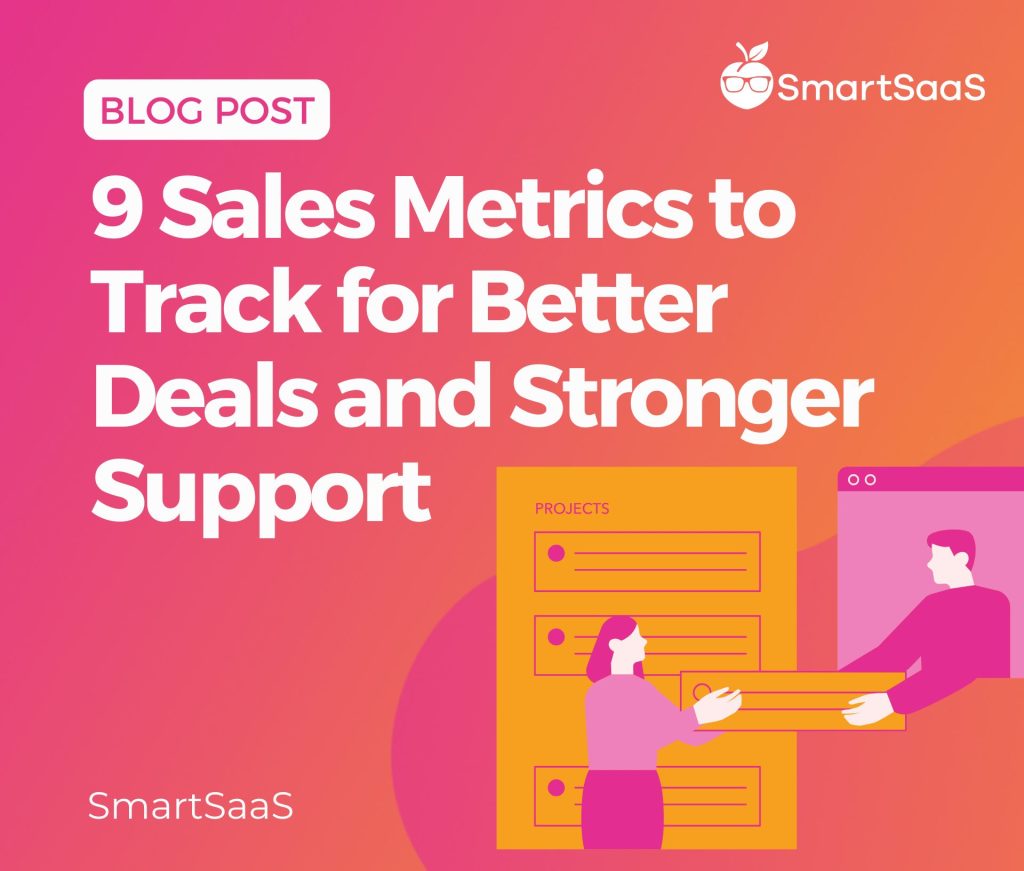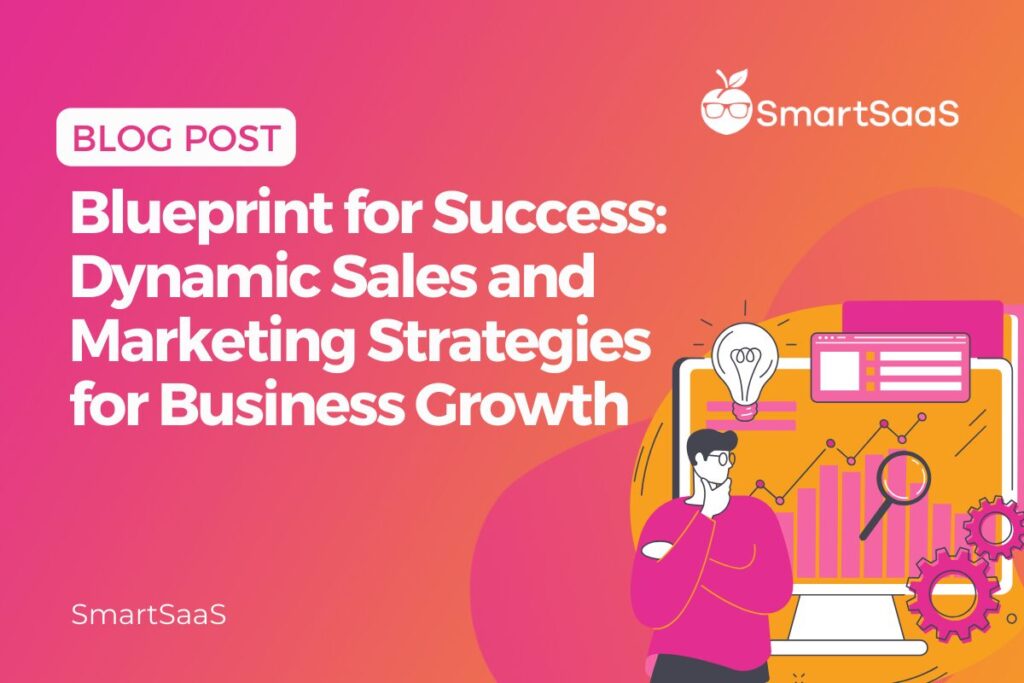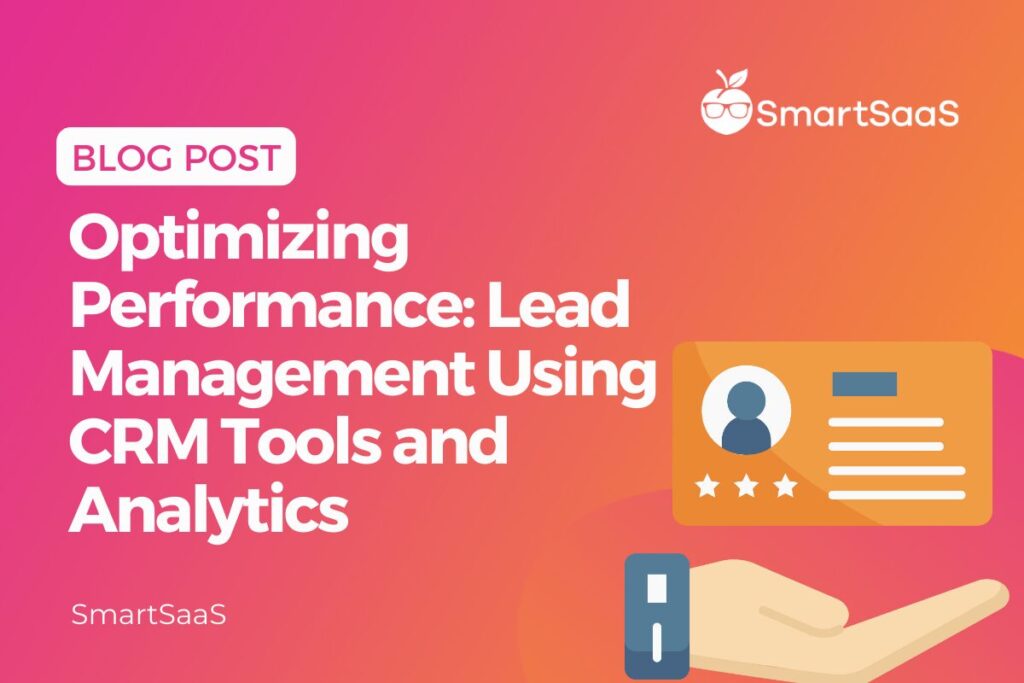9 Sales Metrics to Track for Better Deals and Stronger Support

When it comes to sales, guessing doesn’t work. If you want your team to close more deals, you need to know what’s helping—and what’s holding them back. That’s where the right sales metrics come in.
These numbers show how well your reps are selling and how well your company supports them. Because selling isn’t a solo job—it takes good content, tools, and teamwork.
This post will break down nine simple sales enablement metrics you should track. They’ll help you spot slowdowns, highlight what’s working, and make it easier for your reps to do what they do best: close.
What Are Sales Enablement Metrics?
Sales enablement metrics are numbers that tell you how well your team is helping reps sell. They’re not just about sales performance—they’re about sales support.
Think of it this way: if your sales team is the engine, sales enablement is the fuel, the tools, and the road. These metrics show you if that engine is running smoothly—or if it’s stuck in traffic.
When you track the right numbers, you can see things like:
- Where deals are getting stuck
- Which sales content actually helps close
- How much time reps spend selling (vs. doing admin work)
- Which offers are landing—and which ones aren’t
And most importantly, these numbers help you spot what needs fixing. You can jump in early to improve how your whole team—from marketing to product to customer success—supports the sales journey.
That kind of insight matters. Businesses risk losing up to 30% of their sales opportunities to competitors. Without clear data, you won’t know where you’re falling behind—or how to catch up.
9 Sales Enablement Metrics to Track
Now that you know what sales enablement metrics are, let’s talk about the ones that actually help you move the needle.
These nine metrics are the most useful for spotting what’s working, what’s slowing reps down, and how your team can offer better support throughout the sales process. They help you stop guessing and start solving—so your reps can focus on closing.
1. Sales Cycle Length (Time to Close)
Sales cycle length measures how long it takes to move a deal from first contact to close. If that number keeps growing, something in your process is dragging.
Let’s say you usually close deals in 12 days, but recently, it’s taking 20. That might mean your reps are missing key sales materials, spending too much time chasing approvals, or losing momentum somewhere in the middle.
Shortening the sales cycle can help increase revenue and give your team more chances to close within a quarter. It also helps with forecasting and planning.
When you track this regularly, you can spot trends early and make the proper adjustments—whether that’s better training, clearer processes, or faster handoffs between teams.
2. Sales Transition Time
Even if a deal eventually closes, it might be stalling along the way. Sales transition time shows you where deals tend to get “stuck” between stages, like between a demo and a proposal or between negotiation and close.
This is where a lot of hidden problems live. For example, if most deals sit in the proposal stage for too long, that could mean pricing isn’t clear, legal reviews are slow, or decision-makers haven’t been involved early enough.
Tracking this helps you find those bottlenecks and take targeted action—like updating proposal templates, tightening your internal processes, or adding support materials to keep things moving.
Speed matters here, too. About 50% of B2B sales go to the vendor who responds first. If your process is slow, you might be handing business to a faster competitor without even knowing it.
3. Quota Attainment
Quota attainment shows what percentage of your sales reps are hitting their sales targets.
This metric is about more than just performance—it’s about support. If only a few reps are consistently hitting quota, it’s worth asking whether others are struggling with poor lead quality, unclear messaging, or time-consuming admin tasks.
Let’s say 12 out of 30 reps hit quota. That’s just 40%. Instead of pushing harder, the better move is to figure out what’s making the difference for those top performers—and how to bring everyone else up to speed.
That could mean better onboarding, smarter sales content, or more frequent coaching.
Tracking quota attainment over time helps you spot patterns and fix problems before they grow. It’s one of the clearest ways to see if your enablement efforts are actually working.
4. Time Spent Selling
This metric shows how much of a rep’s time is spent doing what they were hired to do: selling.
It’s common for reps to get pulled into all kinds of tasks—updating CRMs, hunting down content, and writing follow-up emails from scratch. While some of this is necessary, too much admin work means less time talking to prospects.
Your account executives work 40 hours a week, but only 20 are spent selling. That’s just 50%—which means half their time is being eaten up by things that don’t directly drive revenue.
This isn’t just a one-off example—it mirrors what’s happening across the board. Reps spend 70% of their time on nonselling tasks, a number that hasn’t improved much in years.
The more you can reduce that friction—by giving reps better templates, automating routine tasks, or cleaning up workflows—the more time they’ll have to do what they do best: connect with prospects and close deals. And that adds up fast.
5. Content Effectiveness
Sales teams rely on content to move deals forward—pitch decks, case studies, ROI calculators, pricing guides, and more. But not all content works equally well.
Content effectiveness is figuring out which materials help close deals—and which ones aren’t pulling their weight.
For example, maybe your ROI calculator was downloaded 150 times last quarter and used in 80% of closed-won deals. That’s a clear sign it’s working. But if a certain one-pager rarely gets used or never helps move a deal forward, it might need to be updated—or removed altogether.
Tracking this helps you double down on what’s practical. It also saves your reps time by making finding the best tool for the job easier.
6. Close Ratio
Your close ratio shows how many of your opportunities turn into wins. It’s one of the most precise indicators of whether your sales process is effective—and whether your reps are getting the support they need to seal the deal.
Let’s say your team worked on 150 opportunities last quarter and closed 85. That gives you a close ratio of about 57%.
If that number starts to drop, it could mean something in your process needs adjusting—like how leads are qualified, how objections are handled, or how well reps are supported during the final stages.
A low, close-ratio doesn’t always mean reps are underperforming. It could also mean they’re not being set up for success. Looking at this number alongside other metrics (like content effectiveness and sales cycle length) helps you understand and act on the bigger picture.
7. Conversion Rates Between Stages
This metric tracks how many leads move from one sales stage to the next. It helps you understand where people are dropping off—and why.
Let’s say 1,000 leads enter your pipeline. If only 250 make it to the “qualified opportunity” stage, your top-of-funnel conversion rate is 25%. That’s helpful to know on its own, but it becomes even more powerful when you break it down stage by stage.
Maybe you’re great at booking meetings, but very few of those turn into proposals. That’s a signal something needs attention in the pitch or pricing phase.
You can zoom in on weak points in your process. It could be a messaging issue, a misalignment between sales and marketing, or a missing resource that would make prospects feel more confident moving forward.
When your pipeline is tighter, your reps can work smarter—not harder. And in a landscape where customer acquisition costs have gone up 222% over the last eight years, that kind of efficiency matters.
8. Number of Closed Deals
This one’s simple: how many deals did your team close in a set time period?
While it’s easy to look at this as a sales-only number, it also reflects how well your enablement efforts are working. Are your reps getting the support they need? Are marketing and sales aligned? Is your content helping move things forward?
This metric helps answer those questions—when everything works well, you close more deals.
It’s also a great way to track improvement over time. You should see this number increase as you refine your processes and give reps better tools. And if it’s not, it might be time to dig into the earlier metrics to figure out what’s holding your team back.
9. Product/Services Mix Sold
This metric shows what kinds of products, packages, or services are actually being sold. It tells you what’s resonating with buyers—and what’s not.
Let’s say you offer three different service tiers. If almost every deal is for the mid-tier package, that’s valuable data. It might mean your top-tier offer needs more precise positioning or your base package isn’t meeting customer needs. You can also see if specific reps or teams sell differently, which helps refine training and messaging.
Tracking this mix over time also helps you align enablement efforts with actual market demand. If more buyers are interested in a particular feature or add-on, double down on that in your pitch materials, case studies, or demos.
And here’s another benefit: knowing what’s selling best can help customer success teams focus on the right retention strategies.
That’s big because, according to recent data, existing customers drive an average of 72% of company revenue—making retention far more cost-effective than chasing new leads.
To Wrap Things Up
Sales success isn’t just about closing deals—it’s about building a system that helps reps do it again and again, with less friction each time.
Tracking sales enablement metrics helps you see where that system is strong and where it needs work. From spotting pipeline bottlenecks to finding out which content actually helps close deals, these numbers give you the clarity to make smart changes that benefit the whole team.
When you focus on the right metrics, you stop chasing random fixes and start building real momentum. And the best part? This isn’t just about helping sales. It’s about building a culture where everyone feels responsible for helping the company grow.
Start small. Track what matters. Use what you learn. That’s how you turn insights into action—and action into results.






Responses